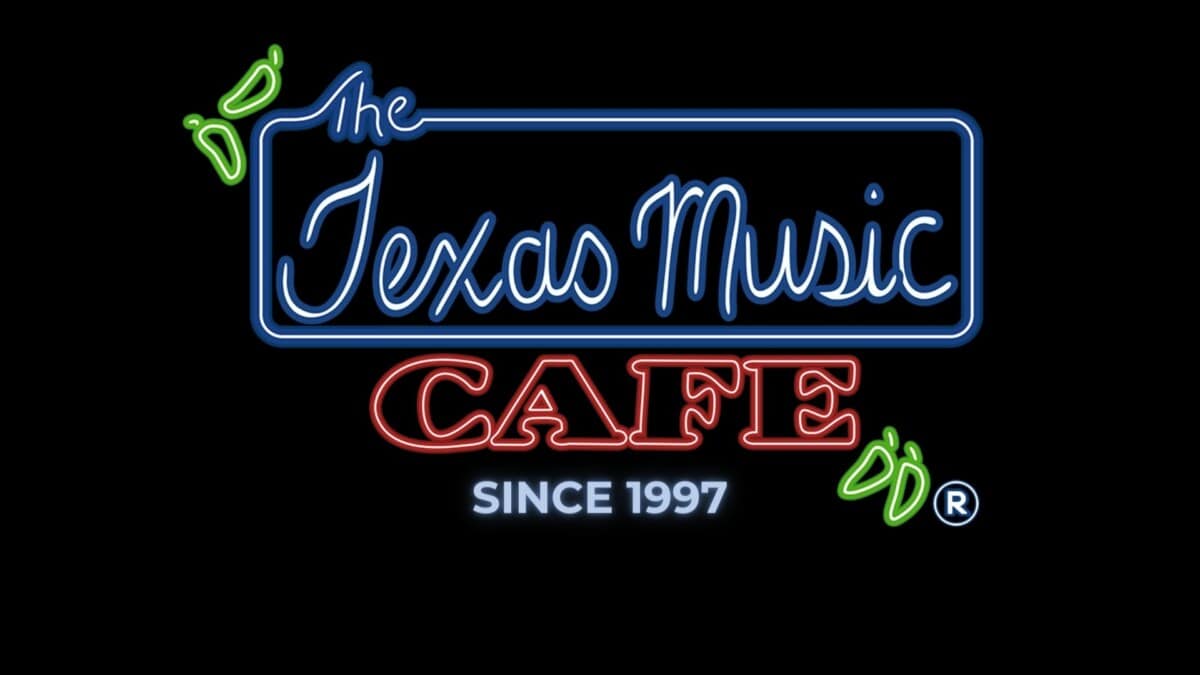When Houston’s Historic Wards Ruled American Music
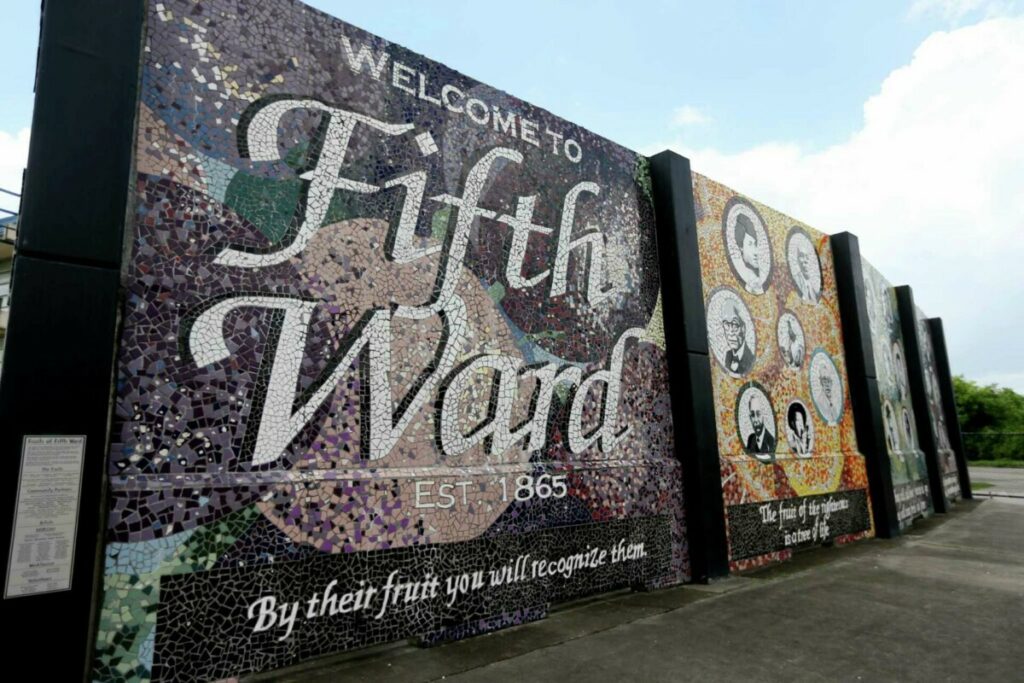
The untold story of the Bronze Peacock, Eldorado Ballroom, and the neighborhood venues that changed popular music forever
Johnny Bush was supposed to be at home. The white country singer had no business wandering the streets of Houston’s Fifth Ward in the late 1940s, especially not at night. But something kept pulling him back to that corner where the music poured out like liquid gold from a modest building with a fancy name.
“I’d walk out to the street and just listen,” Bush later confessed to the Houston Chronicle. “The music, the sounds were something else. It seemed almost like a dream.”
He wasn’t the only one under the spell. Across Houston’s historic wards—from the Fifth Ward’s Bronze Peacock to the Third Ward’s legendary Eldorado Ballroom—something revolutionary was happening that would reshape American music forever. And most of the world had no idea.
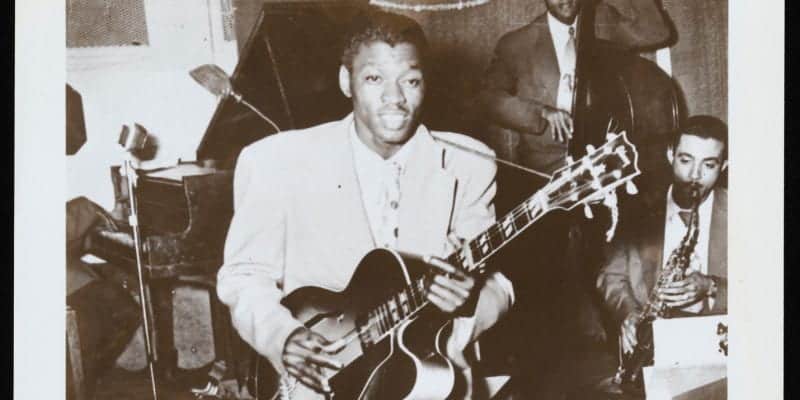
The Geography of Genius
Houston’s musical revolution wasn’t confined to a single address. It sprawled across the city’s historic African American neighborhoods, each ward contributing its own flavor to a sound that would conquer the world. The Bronze Peacock in the Fifth Ward and the Eldorado Ballroom in the Third Ward anchored a network of venues that created America’s most influential music scene outside of New York, Chicago, and Los Angeles.
These weren’t accidental locations. Houston’s ward system, established in the 19th century, had created distinct neighborhoods with their own character, culture, and institutions. By the 1940s, the Third and Fifth Wards had become epicenters of African American life, complete with businesses, churches, schools—and most importantly, music venues that would nurture the next generation of American artists.
The Bronze Peacock: Fifth Ward’s Crown Jewel
Don Robey had a problem with the word “impossible.” In the mid-1940s, when Jim Crow laws still ruled the South and Black entrepreneurs faced barriers at every turn, Robey decided to build something audacious in the Fifth Ward: the finest nightclub in Houston. Not the finest Black nightclub. The finest, period.
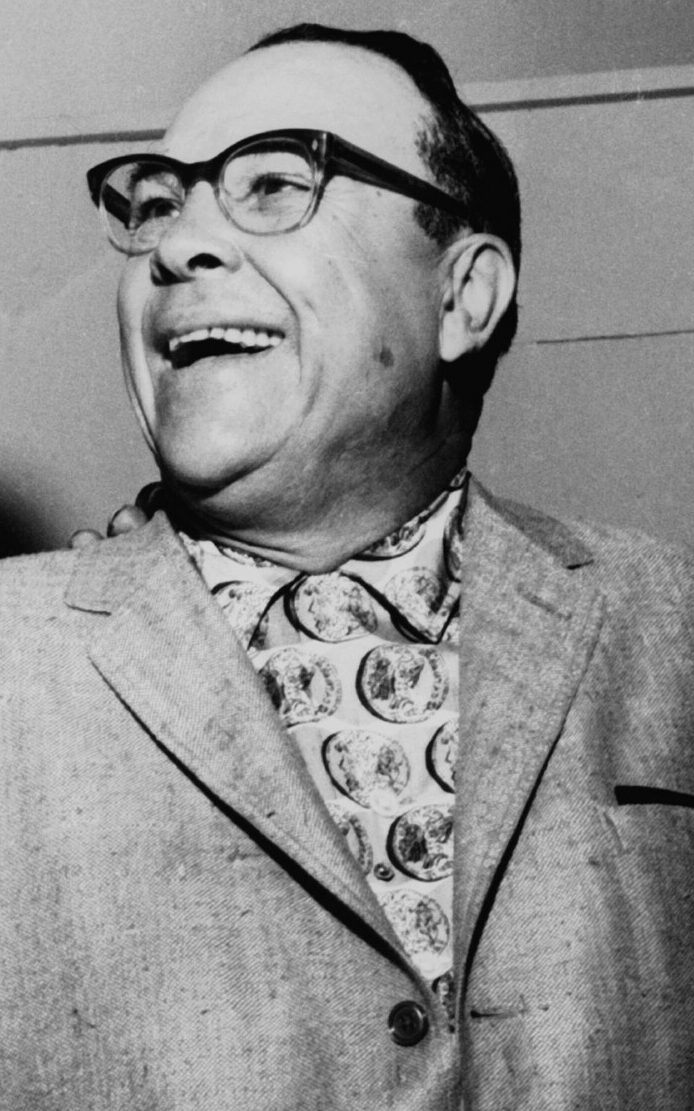
His chosen location raised eyebrows. The Fifth Ward wasn’t known for upscale anything. This predominantly African American neighborhood was working-class, gritty, real. But Robey saw what others missed—a community hungry for excellence and respect, returning war veterans with money to spend, and a cultural moment ripe for revolution.
The Bronze Peacock opened in the mid-1940s as more than a nightclub. It was a declaration of war against low expectations, and it quickly became the crown jewel of the Chitlin’ Circuit—that network of venues across the South where Black performers could work during segregation.
From his Fifth Ward headquarters, Robey built an entertainment empire that included Peacock Records, Duke Records, Buffalo Booking Agency, and music publishing companies. Duke-Peacock Records set Houston up as a blues mecca even before the rise of Detroit’s Motown empire. The little club had become the nerve center of American popular music.
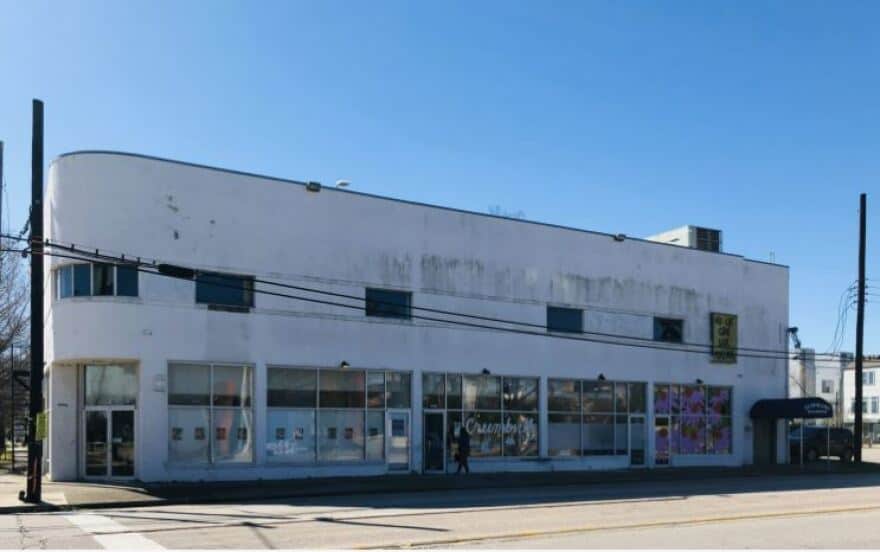
The Eldorado Ballroom: Third Ward’s Palace of Dreams
While the Bronze Peacock was making waves in the Fifth Ward, the Third Ward had its own musical monument. The Eldorado Ballroom, a historic venue located at 2310 Elgin Street, has a rich history dating back to 1939. It was established by Anna and Charles Dupree and has been a cultural anchor for Houston’s Historic Third Ward neighborhood.
Built in 1939, the nightclub once hosted Duke Ellington and Ray Charles. The white brick and stucco Art Moderne building has 10,000 square feet of space, making it one of the largest venues on the circuit.
Before first recording in 1947, Hopkins was supported by Chitlin Circuit venues like the Eldorado Ballroom on Dowling Street. The venue served as a crucial launching pad for Lightnin’ Hopkins and countless other artists who would define the Texas blues sound.
The Eldorado’s significance extended beyond music. This historic venue has welcomed generations of Third Ward residents for dancing, celebrations, and special occasions, serving as a community anchor during both segregation and integration.
The Network Effect
What made Houston special wasn’t just individual venues—it was the ecosystem they created together. Artists could develop their craft at smaller clubs, graduate to venues like the Eldorado Ballroom, and potentially catch the attention of Don Robey’s talent scouts at the Bronze Peacock. This created a pipeline of development that few cities could match.
The geographic spread also meant different audiences and different vibes. The Fifth Ward’s Bronze Peacock drew the upscale crowd looking for sophisticated entertainment. The Third Ward’s Eldorado Ballroom attracted dancers and families celebrating life’s milestones. Smaller venues throughout both wards provided intimate settings where new artists could experiment and established performers could test new material.
This network effect extended beyond Houston. Artists who proved themselves in the ward venues could tour the broader Chitlin’ Circuit with credibility, knowing they had been tested by some of the most discerning audiences in America.
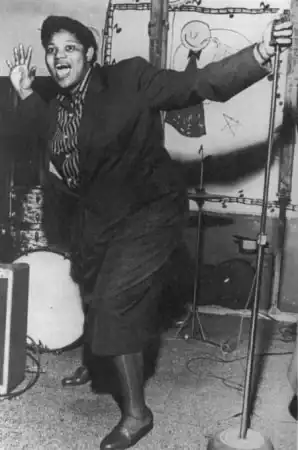
Where Dreams Had Street Addresses
Step inside these venues during their heyday, and you entered different worlds that shared a common commitment to excellence. The Bronze Peacock spoke sophistication with its impeccable service and state-of-the-art sound system. The Eldorado Ballroom offered grandeur with its Art Moderne architecture and spacious dance floor that could accommodate hundreds.
But the real magic happened on their stages. These weren’t just performance spaces—they were laboratories where blues met R&B, where traditional forms evolved into something new and electric. Artists experimented, collaborated, and pushed boundaries in ways that wouldn’t have been possible in more conservative venues.
Clarence “Gatemouth” Brown got his start at the Bronze Peacock. Lightnin’ Hopkins honed his craft at the Eldorado. Duke Ellington and Ray Charles graced Third Ward stages. The venues didn’t just book acts; they created them, nurtured them, and launched them into music history.
More Than Music
These venues’ influence extended far beyond entertainment. During an era when African Americans were systematically excluded from mainstream opportunities, Houston’s ward venues created spaces that demanded respect. This wasn’t just about music—it was about dignity, excellence, and refusing to accept society’s limitations.
The venues became community anchors, sources of pride, networking hubs where deals were made and careers were planned. For Houston’s Black community, places like the Bronze Peacock and Eldorado Ballroom proved that they could create something world-class, something that drew admirers from across racial lines even during the height of segregation.
The Sound That Changed Everything
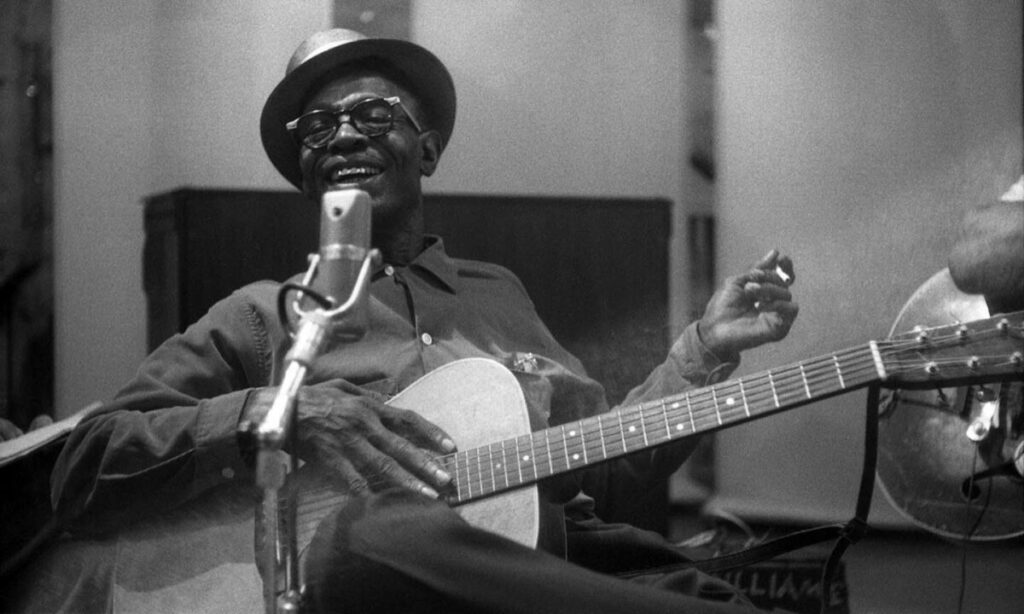
What exactly was happening inside these walls? Houston’s ward venues became laboratories where musical genres cross-pollinated in ways that wouldn’t have been possible elsewhere. The city’s position as a crossroads between East Texas country blues, Louisiana Creole music, and Mexican influences from the south created a unique sonic environment.
Artists from across the country made Houston a priority stop, bringing influences from Chicago, Memphis, and New York that mixed with local talent to create something uniquely Texan yet universally appealing. The competition between venues also raised the bar—artists knew they had to bring their A-game to Houston’s sophisticated audiences.
Decline and Renaissance
The civil rights era brought both opportunities and challenges to Houston’s ward venues. Integration opened new doors for African American performers, but it also drew audiences away from traditional neighborhood venues. Urban renewal projects and changing demographics further challenged the ward music scene.
The Bronze Peacock evolved into Robey’s record label headquarters before eventually being demolished in 2017. The Eldorado Ballroom faced decades of decline before After a $9.7 million renovation, it’ll welcome a new generation of music lovers. It has undergone a complete rehabilitation that has restored its historic façade and finishes, brought it up to modern accessibility standards.
Living History
Today’s renovated Eldorado Ballroom represents both loss and hope. Project Row Houses hosted a private grand opening reveal last month, with performances from Brown and Horace Grigsby, who started singing at the Eldorado’s talent shows in their preteen years. The venue connects past and future, honoring its history while creating new opportunities for artistic expression.
The demolition of the original Bronze Peacock building represents a broader tragedy—the systematic erasure of African American cultural sites that shaped our national heritage. But the Eldorado’s resurrection offers a template for how communities can reclaim and revitalize their musical heritage.

Lessons from the Wards
Houston’s ward venues proved that musical innovation often happens in unexpected places, created by people who refuse to accept the limitations society places on them. The Bronze Peacock and Eldorado Ballroom weren’t just successful businesses—they were statements of excellence that demanded respect and recognition.
Their success came not from accepting the limitations society imposed, but from creating their own standards and demanding that the world rise to meet them. These venues weren’t just integrated by accident—they were excellent by design.
In an era when we debate diversity in entertainment and discuss representation in media, Houston’s historic ward venues remind us that the solutions often come from communities creating their own opportunities rather than waiting for permission from existing power structures.
The Beat Goes On
Every time you hear a blues riff that makes your soul ache, every time an R&B groove gets your body moving, every time a rock song captures something ineffable about the American experience, you’re hearing echoes from Houston’s ward venues where the impossible became inevitable.
The Bronze Peacock and Eldorado Ballroom proved that American music’s most important innovations often happen in the margins, created by people who refuse to accept the status quo. Their vision of excellence, implemented in Houston’s most authentic neighborhoods, ultimately reached around the world.
The Bronze Peacock building is gone, but the Eldorado Ballroom swings again. The blueprint remains: Find your community. Demand excellence. Create your own opportunities. Never accept someone else’s definition of your limitations.
These venues’ greatest legacy isn’t the stars they created or the hits they generated—it’s the proof that with vision, courage, and uncompromising standards, even the humblest beginnings can produce extraordinary results.
In Houston’s historic wards, visionaries like Don Robey and Anna and Charles Dupree didn’t just open nightclubs. They opened doors to the future of American music. And once those doors were opened, they could never be closed again.
Houston’s ward venues may have faced different fates, but their influence reverberates through every stage where artists gather to create something new, something vital, something that will outlast the buildings that house it. The revolution continues, one song at a time.
